As rising temperatures usher in the peak season for the crayfish industry, the early warmth has created a glut in the sector, creating a challenge for businesses.
In some major crayfish producing areas, cold chain logistics and deep processing centers have been developed to extend the sales period and enhance production efficiency.
In Yongxiu county, Jiangxi province, the 105,000 hectares of paddy fields used for crayfish farming are now blanketed by the creatures.
Every morning, the county's crayfish trading center is bustling with activity as fresh crayfish are sorted and packed into boxes. They are then ready to be shipped to processing factories or via cold chain logistics to destinations nationwide, taking them from the fields to dining tables.
However, a recent oversupply of crayfish has caused a drop in prices, raising concerns about farmers' profits.
Since March, early warming in southern regions has resulted in a higher crayfish yield than usual for this time of year. Crayfish from Hubei, Jiangsu and Hunan provinces have hit the market earlier than normal, leading to an abundant supply and continuously falling prices.
To address this, farmers and wholesalers are sending some crayfish to processing companies for temporary storage in cold chain facilities to extend the sales period, a method that has been adopted in Yongxiu.
"Our processing plant handles around 100 metric tons of crayfish daily," said Zhou Xin, manager of a crayfish processing company in Jiangxi. "Selling live crayfish can increase their value by 40 percent to 60 percent. Cold storage and processing plants can help stabilize the income for crayfish farmers."
Qin Ling, the county's Party secretary, said that Yongxiu's crayfish "have transitioned from a seasonal delicacy to a year-round favorite". He added that upgraded cold chain logistics can reach over 500 cities nationwide within 16 hours.
In addition, an integrated rice-crayfish farming model is being adopted not only in Yongxiu, but also in many regions across the country to boost production and support farmers' incomes.
"Yongxiu has adopted an integrated rice-crayfish farming model, which involves alternating between crayfish farming and rice cultivation within a single production cycle," said Peng Yu'an, a crayfish farmer from Sanjiao town in Yongxiu.
Crayfish are released into the fields in early April, where they feed on weeds and their waste fertilizes the soil. This method allows for rice production without compromising crayfish farming, resulting in dual benefits from a single plot of land and boosting farmers' incomes, said Peng.
Recent reports on the crayfish industry show that China produced over 899,100 metric tons of crayfish in 2016, with the amount increasing to 2.89 million tons in 2022.
Preliminary statistics showed it reached 3 million tons last year, according to a report released by the China Aquatic Products Processing and Marketing Alliance.
Crayfish farming has expanded from the initial provinces of Hubei, Hunan, Jiangsu and Jiangxi to 24 provinces nationwide.
However, most crayfish processing companies focus on products such as crayfish tails and meat, leading to severe product homogeneity.
Shu Nana, head of the crayfish industry integration development service center in Qianjiang, Hubei, another major crayfish producer, suggested that companies could strengthen industry-academia research cooperation to innovate products and marketing strategies.








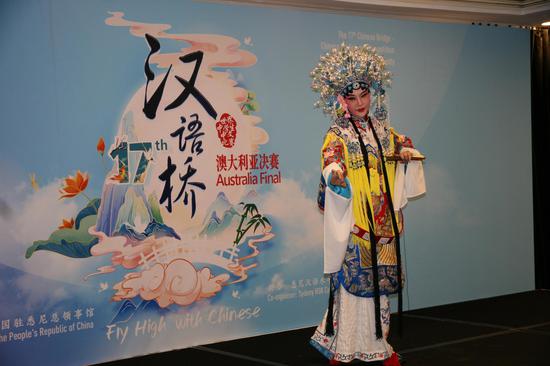







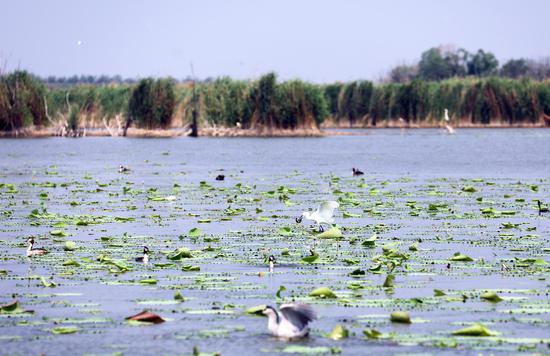


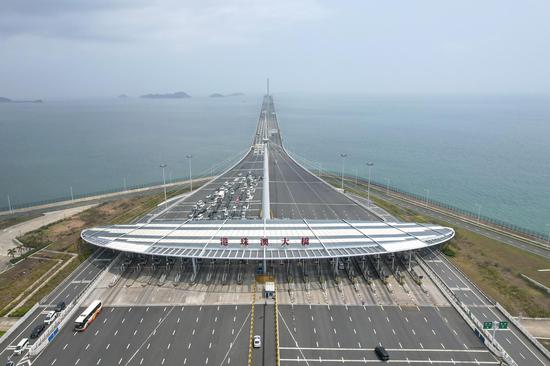




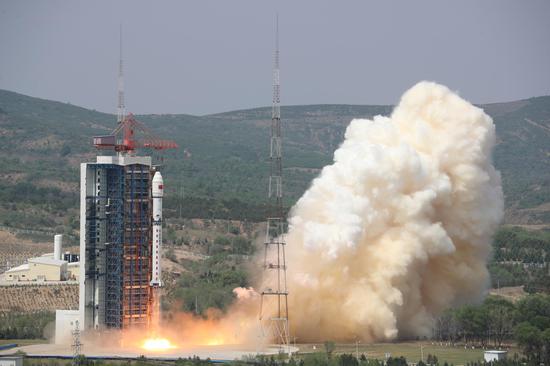

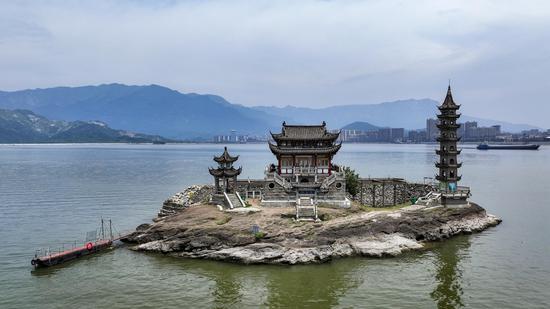



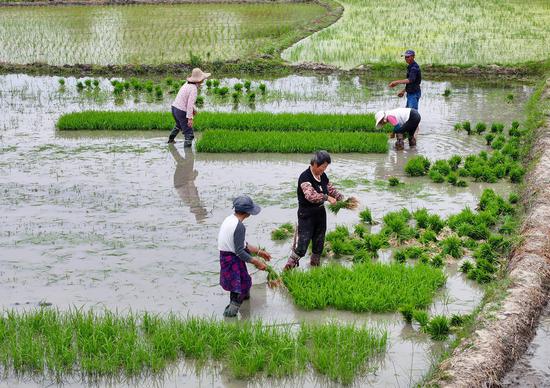


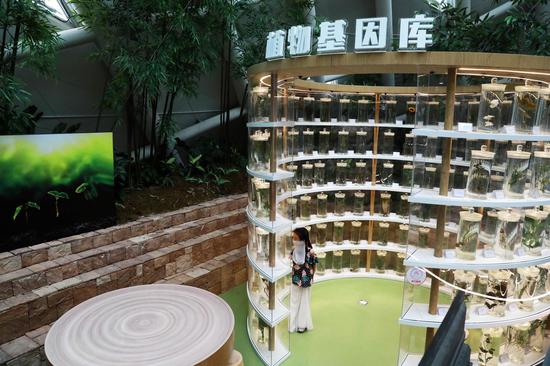
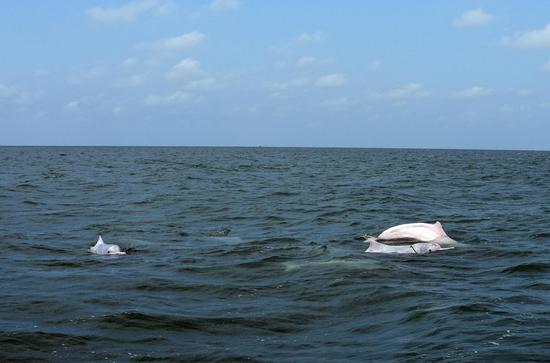


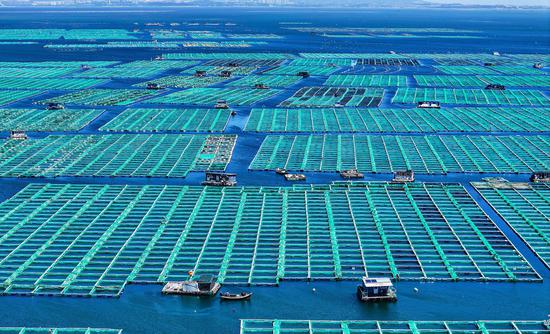












 京公网安备 11010202009201号
京公网安备 11010202009201号
